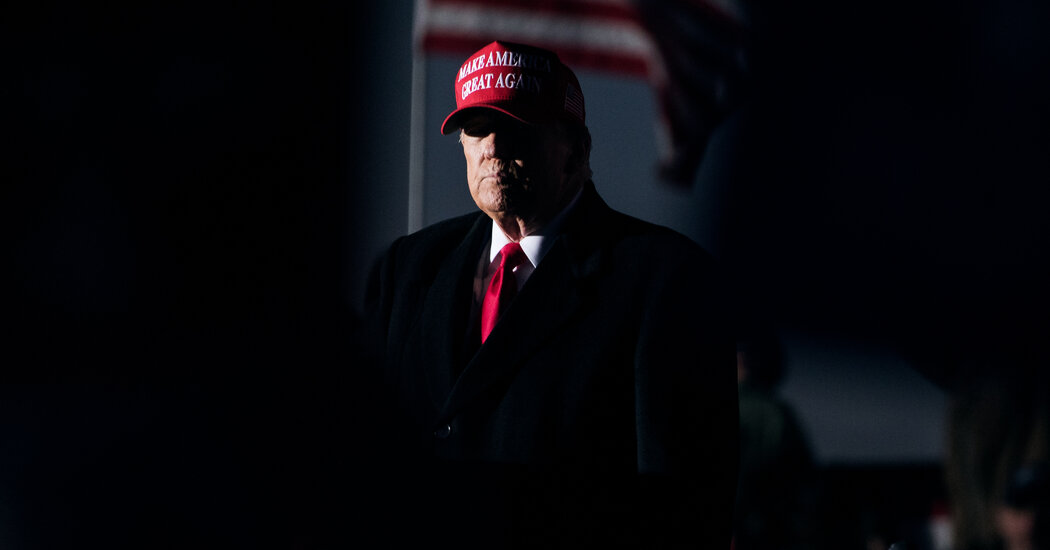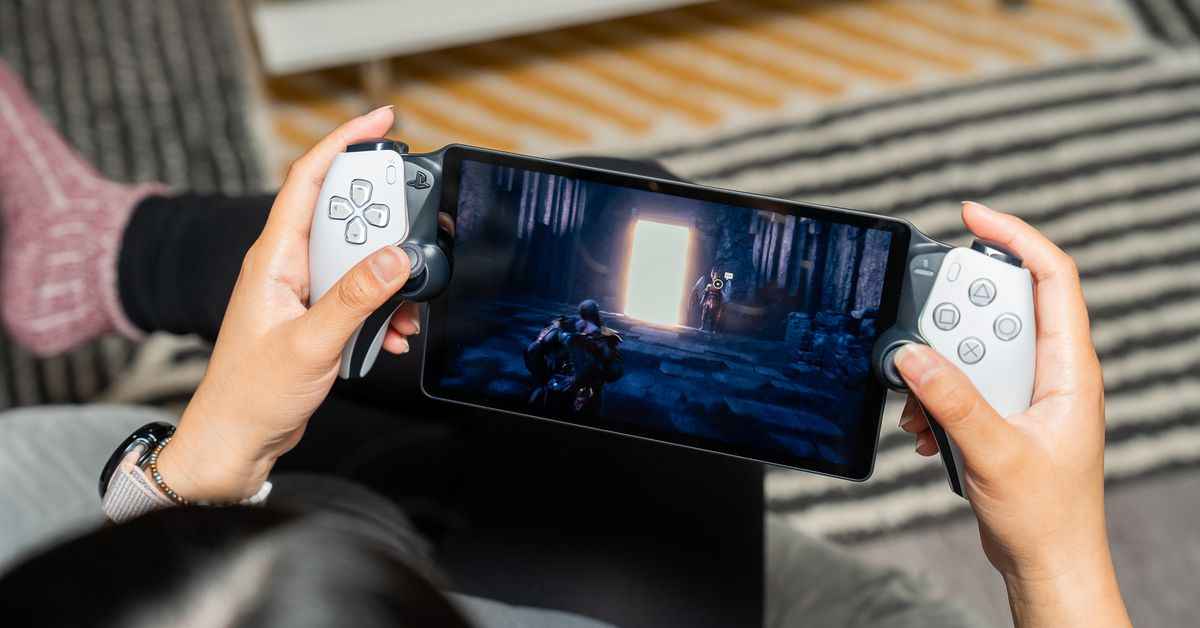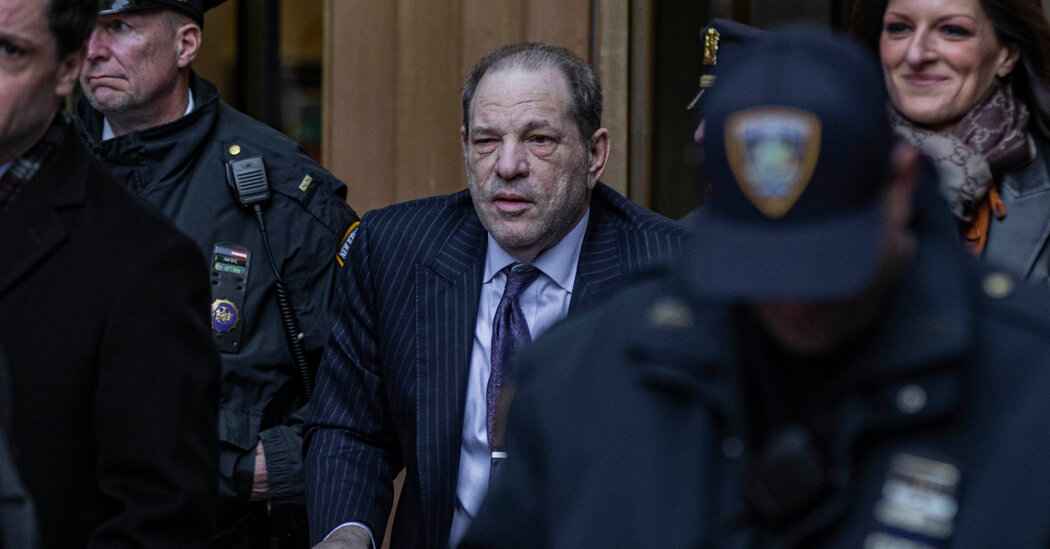In his State of the Union address last week, President Joe Biden urged Congress to pass a bipartisan immigration bill “with the toughest set of border security reforms we’ve ever seen.” The bill would have, among other things, funded “100 more high-tech drug detection machines to significantly increase the ability to screen and stop vehicles from smuggling fentanyl into America.”
The high-tech drug detection machines are actually just X-rays — really high-res ones, but X-rays all the same. The idea isn’t just to get better machines but to scan more vehicles at ports of entry, with an end goal of 100 percent. And to achieve that, Customs and Border Protection (CBP) will eventually deploy artificial intelligence so officers can scan and process cars and trucks as quickly as possible.
Two days before Biden’s speech, NBC News reported that CBP already has the most up-to-date fentanyl-detecting machines — but the agency hasn’t been able to install them, because Congress hasn’t appropriated the funds for it to do so.
X-rays at the border
Politicians on both sides of the aisle have taken to framing the opioid epidemic as a border security issue — and it is, though not the way nativists may imagine it. The overwhelming majority of fentanyl seized by Customs and Border Protection — more than 90 percent — is smuggled through official border crossings by US citizens, not by migrants making unauthorized border crossings.
The Securing America’s Ports Act requires every passenger vehicle, truck, and freight train that crosses into the US to be X-rayed before entry
CBP confiscated more than more than 43,000 pounds of fentanyl during the 2023 fiscal year, according to a Department of Homeland Security (DHS) press release. Per NBC News, half of all the fentanyl CBP has interdicted at the border passed through a single point, the Mariposa Port of Entry in Nogales, Arizona. Unlike other official border crossings, the Mariposa POE has already installed the new machines, which X-ray cars and trucks as they’re processed for entry into the US. An unknown number of other machines are currently being stored in warehouses because CBP doesn’t have the money to install them, the agency’s acting commissioner Troy Miller told NBC News.
In January 2021, just weeks before he was about to leave office, Former President Donald Trump signed the Securing America’s Ports Act, which requires every passenger vehicle, truck, and freight train that crosses into the US from Mexico and Canada to be X-rayed before entry.
The law appropriated $59 million for CBP to buy and install new scanners at ports of entry along the border. CBP is working on installing the newer machines so they can be used in advance of primary screenings — before the vehicle pulls up to be inspected by a CBP officer, not after. These systems are already under construction or operational in Brownsville and Laredo, Texas; Nogales, Arizona; and Santa Teresa, New Mexico, according to DHS.
Aspiring to scan 100 percent of vehicles
Even with the machines, CBP doesn’t scan each of the thousands of cars and trucks that pass through ports of entry every day. A former senior leader at CBP told The San Diego Union-Tribune that the agency would most likely treat 100 percent as an “aspirational” goal. In order to get to closer to 100 percent, CBP wants to eventually integrate these new machines with AI systems.
Right now, CBP scans about 20 percent of commercial vehicles and less than 5 percent of personal vehicles, Miller, CBP’s current acting commissioner, told NBC News. The agency hopes to scan 40 percent of passenger vehicles and 70 percent of commercial trucks by the end of 2025.
CBP hopes to scan 40 percent of passenger vehicles and 70 percent of commercial trucks by the end of 2025
Most people are waved through after answering questions about what they’re bringing across the border and showing CBP officers documentation that shows they can legally enter the US, usually in the form of a passport, green card, or visa. Truck drivers are also required to submit a manifest detailing what they’re carrying in their trucks before they arrive at the port of entry. CBP officers use the information in the manifest to decide which ones to X-ray.
The X-ray images are sent to a command center, where CBP officers review them to see if they check out. If a truck’s manifest says it’s carrying a load of bananas, for example, the X-ray should corroborate that. For personal cars, X-rays are used to detect whether there’s hidden cargo hidden somewhere in the vehicle.
“They have a single officer reviewing a single image,” said Kevin McAleenan, who served as the CBP commissioner under Trump from 2018 to 2019. “There’s a limitation. If you’re going to try to dramatically increase the number of inspections, you’re going to need not only a lot more scanners and a lot more officers to read them, or you’re going to need the assistance of technology.”
McAleenan, the putative acting DHS secretary for seven months in 2019, co-founded the trade and travel AI company Pangiam in 2020. Last year, Pangiam was awarded a $21.5 million contract to develop “Anomaly Detection Algorithms” that will use artificial intelligence to analyze the X-ray images scanned at the border, which McAleenan said will act as a “force multiplier” that will speed vehicle processing at the border.
Pangiam was awarded a $21.5 million contract to develop “Anomaly Detection Algorithms”
At most ports of entry, the X-rays happen as part of secondary inspections. Sometimes a driver is pulled for a more intense screening after being flagged by the officer who conducted the primary inspection. Other times, drivers are randomly selected for secondary inspections. CBP is working on installing X-ray scanners before the primary inspection point, so all the cars and trucks heading into the US can be X-rayed before they even make it to the first officer.
“Based on how the cross-border supply chain works, a lot of the trucks are actually coming back to the US empty,” McAleenan said. The software, he explained, could “confirm that this truck said it’s empty, the manifest said it’s empty, the scan said it’s empty — no need for the officer to waste his or her valuable time reviewing that image.”
For “homogenous loads,” like a truck full of melons, McAleenan said, “we can build software products that tell the officer, ‘That load’s supposed to be melons, it looks exactly like the other thousand shipments of melons that have crossed this border over the last two years, we don’t think you need to inspect it further.”
The tool, which is not yet in use at the border, is trained on CBP’s past X-ray scans. CBP has a treasure trove of data on the millions of vehicles that cross through ports of entry each year — and the people driving them.
Jay Stanley, a senior policy analyst with the ACLU’s Speech, Privacy, and Technology Project, said deploying AI at border crossings could raise privacy concerns. “When you cross the border, the CBP agent can search your bag, but they don’t take a photograph of it and store it,” he said. “If they’re going to create a whole other system of records about you and what’s in your car, how many people are in your car, there’s a lot of personal details that could be retained in that dataset.”








